Parts of a friendly letter template
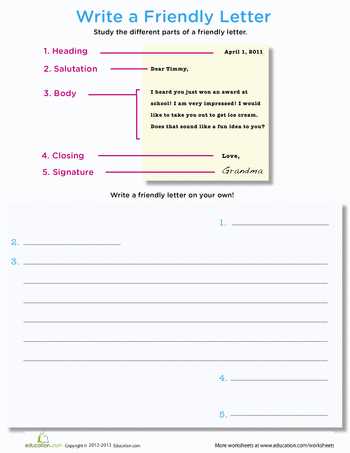
A friendly letter consists of several parts that work together to create a personal, welcoming message. Understanding these sections helps ensure that your letter feels complete and organized, while also reflecting your unique voice.
The heading is where you’ll place your address and the date. This gives your recipient context on when and where the letter was written. It’s typically positioned at the top left of the page. If you are sending the letter by mail, including a return address is helpful.
Next, comes the greeting, which sets the tone for your letter. A simple “Dear [Name]” or “Hello [Name]” works for most situations. Feel free to adjust based on how formal or casual you want the conversation to be.
The body of your letter is the most personal part. Here, you share your thoughts, news, or feelings with the recipient. This section is where the heart of your message lies, and you can decide how long or short it should be, depending on what you have to say.
The closing signals the end of your letter. A friendly “Sincerely,” “Best regards,” or simply “Take care” works well here. It’s important to leave your recipient with a warm feeling as they finish reading.
Finally, sign your name at the bottom. If you’re writing informally, you might even want to add a postscript (P.S.) for any last-minute notes or thoughts.
Parts of a Friendly Letter Template
A friendly letter has specific components that create a clear, organized structure. These parts help guide the conversation and ensure clarity in your message. Here’s a breakdown of each one:
- Heading – This is where you write your address and the date. It’s placed at the top left corner of the letter. The date is important because it shows when the letter was written.
- Greeting – The greeting, or salutation, is how you address the person you are writing to. Common greetings include “Dear [Name],” or “Hello [Name],”. The tone can vary depending on your relationship with the recipient.
- Body – This is the main section of the letter. Here, you express your thoughts, share news, or discuss topics of interest. It’s typically written in paragraphs, and you can use multiple paragraphs if necessary. Be direct and conversational.
- Closing – The closing is a polite way to end your letter. You can use phrases like “Sincerely,” “Best wishes,” or “Take care.” The closing should match the tone of the greeting and body.
- Signature – After the closing, leave space for your signature. This shows who the letter is from. If you’re writing by hand, your signature goes here. If it’s typed, you can simply write your name.
Each part of the friendly letter serves a specific purpose. The heading sets the date and location. The greeting establishes the tone. The body communicates your message, while the closing and signature create a sense of closure and personalization.
How to Start with the Heading in a Friendly Letter
The heading is the first part of your friendly letter, and it sets the tone for the rest of the message. Place your address at the top right corner, followed by the date. Keep it simple and clear.
Start with your full address, including the street, city, and ZIP code, aligned to the right. This part isn’t strictly necessary in informal letters, but it’s helpful if you’re writing a letter that could require a reply. Leave a line between your address and the date.
For the date, write it out in full. The format is typically “Month Day, Year,” like “February 2, 2025.” This ensures clarity and a timeless feel to your letter. The date is important for the recipient to know when the letter was written.
After you’ve included both elements, you’re ready to move to the greeting, where the personal touch begins. Keep the heading clean and organized–no need for extra details or flourishes.
Choosing the Right Salutation for Your Letter
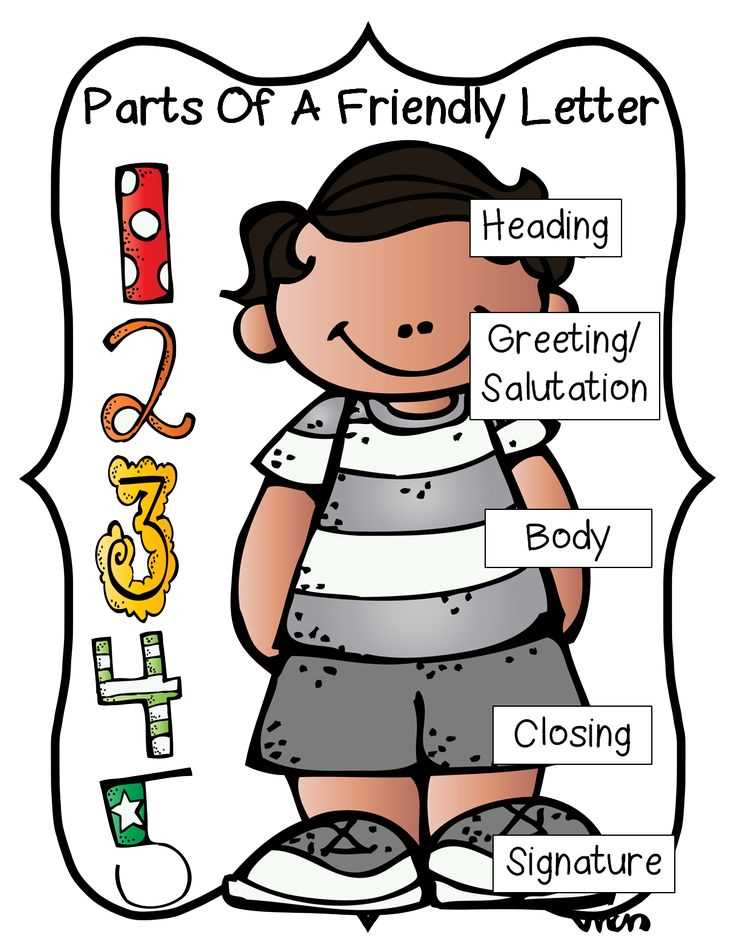
The salutation sets the tone for your letter, making it important to match the level of formality to your relationship with the recipient. If you’re writing to a close friend, using their first name works well. For a more formal letter, especially to someone you don’t know well, “Dear Mr./Ms. [Last Name]” is the safest choice.
For Friends and Close Contacts
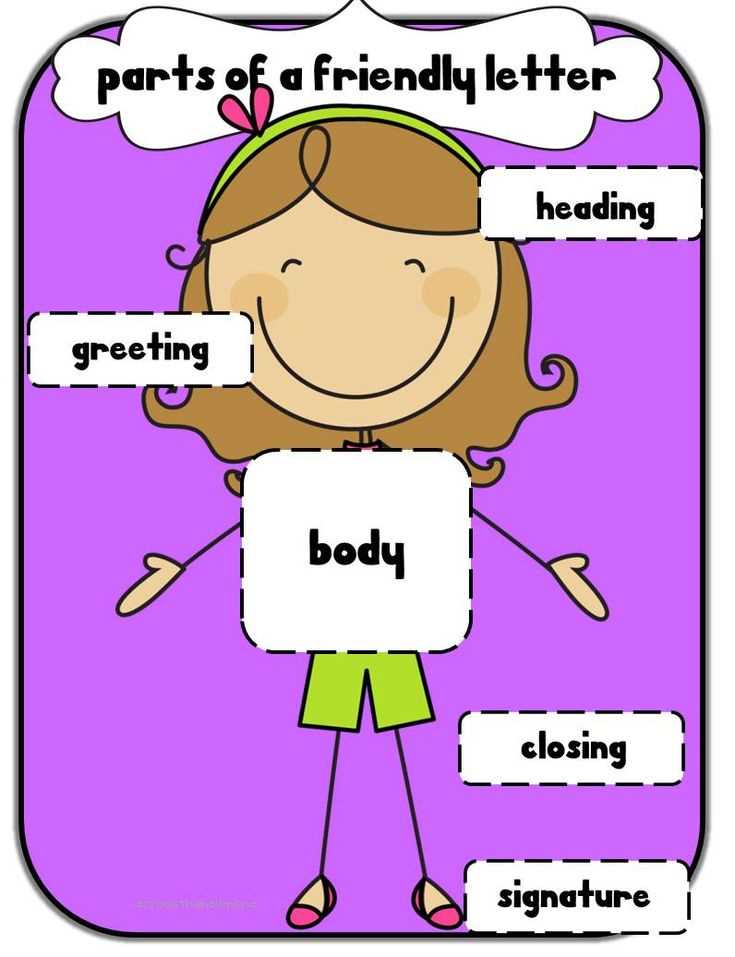
When writing to someone you have a personal connection with, a friendly and informal salutation is appropriate. You can go with “Dear [First Name]” or simply start with the name followed by a comma. If you’re very close, even dropping the “Dear” and just using the name works just fine.
For Professional or Formal Situations
In professional settings, it’s best to stick with “Dear [Title] [Last Name]”. If you’re unsure about the person’s title, “Dear [Full Name]” is a safe alternative. When addressing someone with a specific title, such as “Dr.” or “Professor”, always use it to show respect and professionalism.
Structuring the Body: How to Organize Your Thoughts
Start with your main idea. Identify the purpose of your letter and communicate it clearly in the first few lines of the body. Make sure your message is focused–don’t wander off-topic. This keeps the reader engaged and helps them follow your thoughts more easily.
Group Ideas by Theme
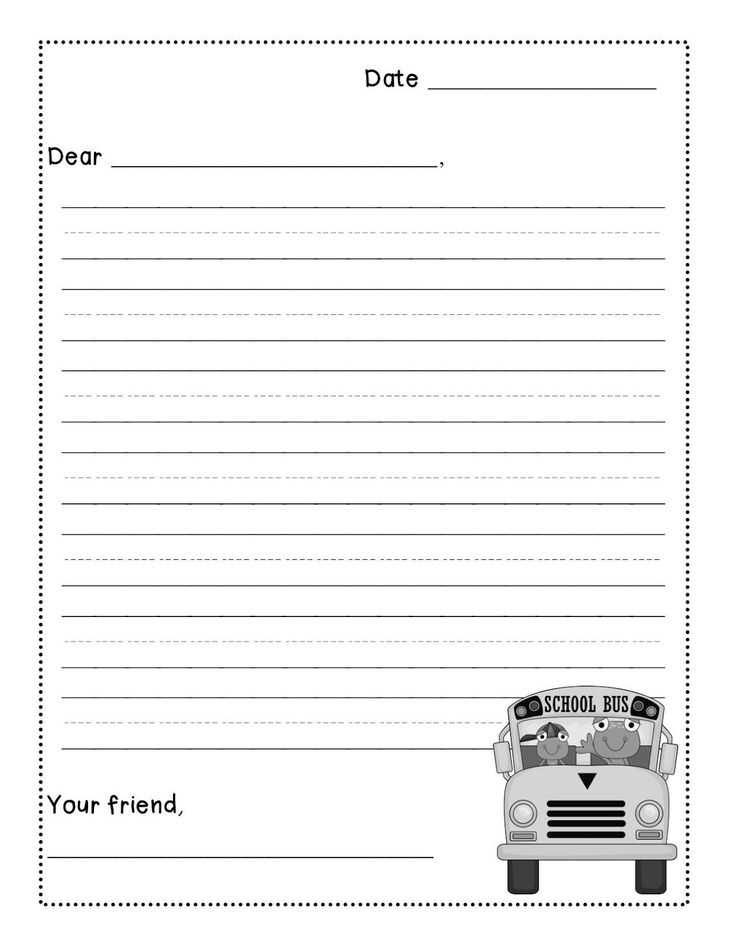
Break your message into distinct sections. Each paragraph should cover a single point, whether it’s sharing an update, asking a question, or making a request. Use short, clear sentences to develop each idea. This creates a flow that helps the reader understand your message without getting lost.
Be Direct but Friendly
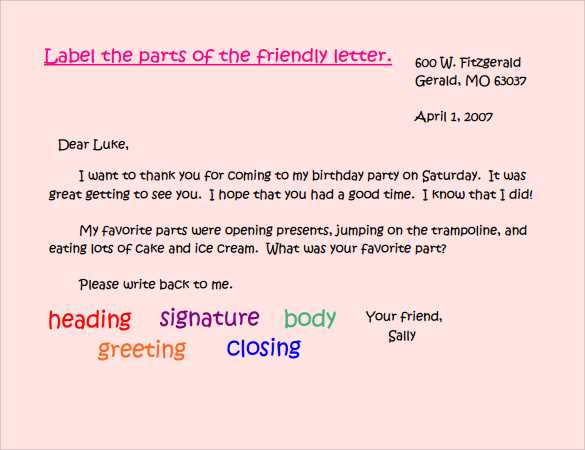
Avoid unnecessary fluff, but also keep the tone friendly. Think of your letter like a conversation. You can be warm without being too informal. A direct approach is appreciated, but don’t forget to soften your statements where appropriate with polite phrasing.
Writing a Friendly Closing: Best Phrases and Formats
When closing a friendly letter, aim for a warm, personal tone. Your choice of closing phrase depends on your relationship with the recipient and the tone of the rest of the letter. Here are several popular and effective options:
| Closing Phrase | Usage |
|---|---|
| Best wishes | Perfect for casual or semi-formal letters. A great option for friends or acquaintances. |
| Warm regards | More affectionate than a simple “regards,” yet still appropriate for professional or personal letters. |
| Take care | A caring, friendly choice, ideal for letters to close friends or family. |
| Yours truly | A formal closing, often used in both personal and professional contexts. Less personal but still friendly. |
| With love | Best for family or very close friends. It’s informal and expresses affection. |
| Cheers | A casual and upbeat closing that fits informal communication. |
Always match the tone of your letter. If it’s a more serious or heartfelt message, “With love” or “Take care” will work well. For less intimate messages, “Best wishes” or “Warm regards” might be better. Make sure your closing aligns with the content, leaving the reader with the same positive feeling you started with.
Signatures: How to Make Yours Personal
Choose a signature that reflects your personality. It doesn’t need to be overly complex, but it should be unique enough to stand out. Try using a combination of your first and last name, or even a fun nickname if it’s appropriate for the tone of your letter.
Make it legible, but add a touch of flair. You can add an underline, a small flourish, or a distinctive loop in one of the letters. This gives it a personalized touch without compromising readability.
Consider the space where your signature will appear. If your letter is formal, keep it simple and professional. If it’s a casual note to a friend, feel free to add a bit more creativity or playfulness to your signature.
Practice your signature until it feels natural. The goal is for it to flow smoothly, making it easy to replicate each time. This way, it won’t feel forced or rushed, and will reflect your true style.
Finally, consider the medium. Whether you’re using a pen or signing digitally, adapt your signature to the format. A handwritten signature may allow for more artistic expression, while a digital one might focus on clarity and precision.
Optional Elements: Adding Postscript or Decorative Features
Including a postscript (P.S.) at the end of your letter adds a personal touch and can serve as a great way to highlight something you forgot to mention earlier. This informal addition is often used to express afterthoughts or share something lighthearted, like a joke or a special reminder. Keep it short and relevant to the message.
Postscript (P.S.)
Position the postscript just below your signature, using the “P.S.” abbreviation followed by your message. This feature is particularly effective in casual or friendly letters. Make sure your postscript doesn’t detract from the main content but rather complements it with a brief note or interesting tidbit.
Decorative Features
Decorative elements, such as borders, personalized stationery, or even hand-drawn doodles, can make your letter more visually appealing. While these elements aren’t required, they can enhance the overall feel and reflect your personality. Keep designs simple so they don’t overshadow the content of your letter.